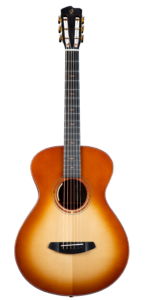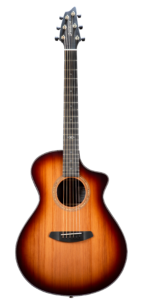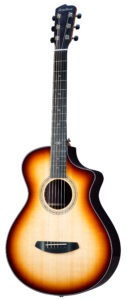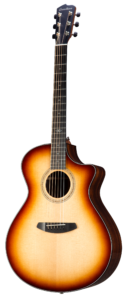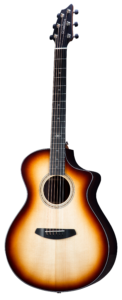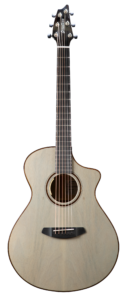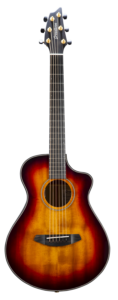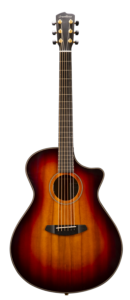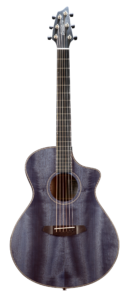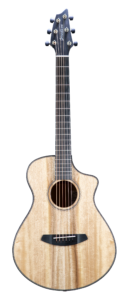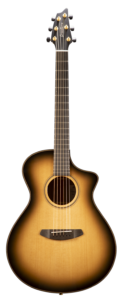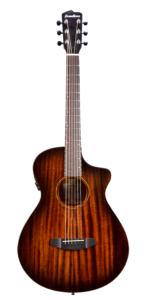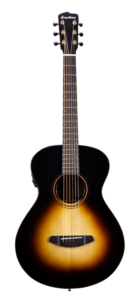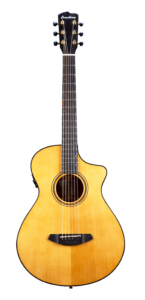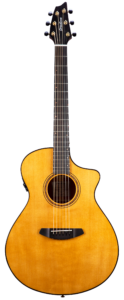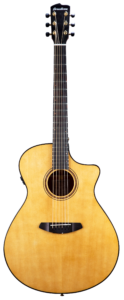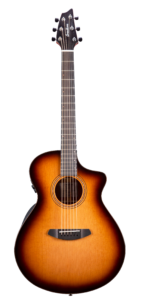Adirondack (Red) Spruce
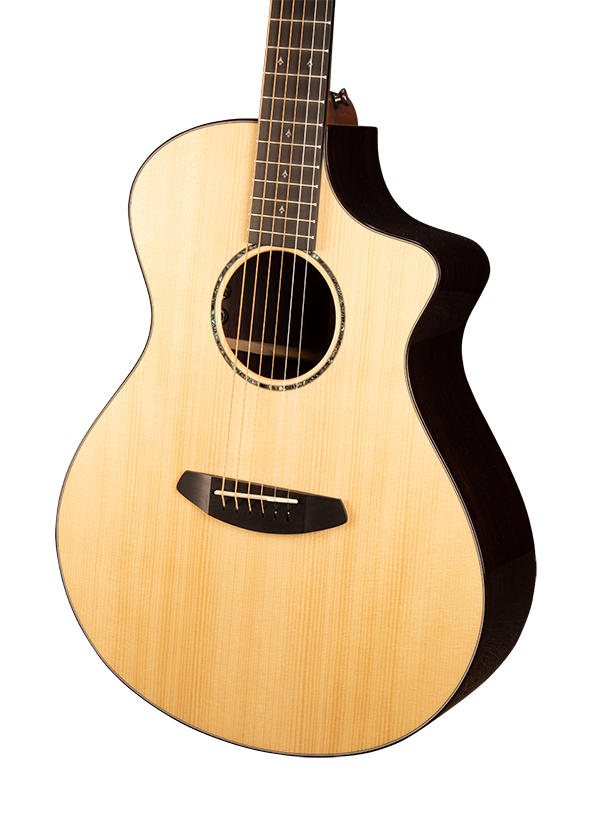
Overview
The allure of Adirondack spruce, the sound of the Golden Age
No other guitar top tonewood has the history, the ambition, or the sheer power, sustain and dynamic range of Adirondack spruce
Brazilian rosewood, with its haunting, swirling purple hues and its sweet thunderstorm of overtones, may well be the most vaunted guitar tonewood of all. Its rarity alone, not to mention its endangered status and the post-CITES global illegality of its harvesting and trade since 1992, has made it a subject of hushed, reverent tones even among those who can’t tell a headstock from a hand grenade.
But rosewoods of all varieties simply play a supporting role in guitars. They are not the star.
That title goes to top woods, and in that realm, the most vaunted, the most hailed, the most desired, the most aspired to, is … Picea Rubens.
Red spruce.
Or, to call it what you’re waiting for, Adirondack.
In the much hallowed Golden Age of American guitar building, the combination of Brazilian rosewood and Adirondack spruce virtually defined what has come to be known simply as a “pre-war guitar.” Honduran mahogany played a role, too, but in both cases the instruments’ amazing voices were the result of Picea Rubens.
Despite the laser-like location of its name, Adirondack spruce actually grows in a northeast-heavy corridor from Nova Scotia to North Carolina, embracing, along the way, the mountain range (itself part of the Appalachians) that shares its name. The trees, majestic conifers with gently fragrant yellow-green needles, can grow as tall as 150 feet, with trunks two feet across and occasionally larger. Some have stood for nearly 450 years.
When carefully milled, red spruce produces stiff, straight boards whose sole true desire is to become guitar tops—not Christmas trees, paper pulp or packing crates. And what tops they are!
Enthusiasts fall over themselves searching for terms to top the tannins, burnt sugars and floral notes of the oenophile—robust, springy, clear, complex.
What it really comes down to is energy.
Adirondack spruce tops, due in part to legendary rigidness across and along the grain, translate the player’s intent—the slash of a pick, the caress of a finger, the genteel strum of a thumb—into sonic energy.
Adirondack produces a strong fundamental, with vibrant sustain, which allows the species of the back and sides, cocobolo perhaps, or koa, to do its work. With rosewood, for example, it unleashes what is often referred to as a ‘bloom’ of nuance, a singing wash of sound, with round bass and bell-like treble, accompanied by an organic reverb-like hum.
Red spruce also has a wider dynamic range than any of its cousins, with plenty of distortion-free headroom. Engelmann, softer, silkier, is just right for fingerpickers. European has been long favored by classical guitar luthiers for its slightly darker tone. And Sitka, the most democratic of tops, is the people’s sound, ready to play.
Adirondack is bolder, but takes breaking in. Adirondack is an investment, a commitment that will continue to bear new surprises over the years, the decades and beyond. Just ask Tony Rice, David Grier or Neil Young.
Picea Rubens is currently featured in a number of Breedlove models, including the new for 2020 Legacy Concerto CE and Legacy Concertina Natural Shadow CE.
Three cutaway acoustic/electric models are also available in the Premier Series, which, like the Legacy instruments, are handcrafted in Bend, Oregon, directly benefitting from Sound Optimization, with tops and backs carefully tuned to specific frequencies.
And, of course, as per the Breedlove Tonewood Certification Project, the Adirondack spruce used by Breedlove artisans has been legally and ethically procured, with a clear, documented chain of custody. No clear-cut wood is ever used in Breedlove Made in Bend guitars.
The Legacy Concertina Natural Shadow CE puts, according to Breedlove owner Tom Bedell, an enormous amount of sound into a small, visually stunning package.
“Adirondack and cocobolo work together magically,” he says, “and this 12-fretter has deep, rich bass courtesy of the cocobolo, and such a crystal clear treble, not to mention pure power, from the Adi. And the wood is just gorgeous.”
The Legacy Concerto CE puts Breedlove’s largest body, in koa, under Adirondack, with the former’s reflective presence shining a light on the latter’s clarity. This is a keepsake combination that will age even better than that connoisseur’s wine.
The Premiers—also available in Sitka and redwood options—are backed with East Indian rosewood, with the Premier Concerto CE setting a new standard for the modern bluegrass guitar. It has all the volume to compete with a banjo, the tone to hold its own against mandolin and dobro, and a soft cutaway to allow access to every expressive fret.
Isn’t it time for you to try red spruce?
You will play better, sound better and play more with a Breedlove, for sure. Much more if it’s Breedlove and Adirondack!
